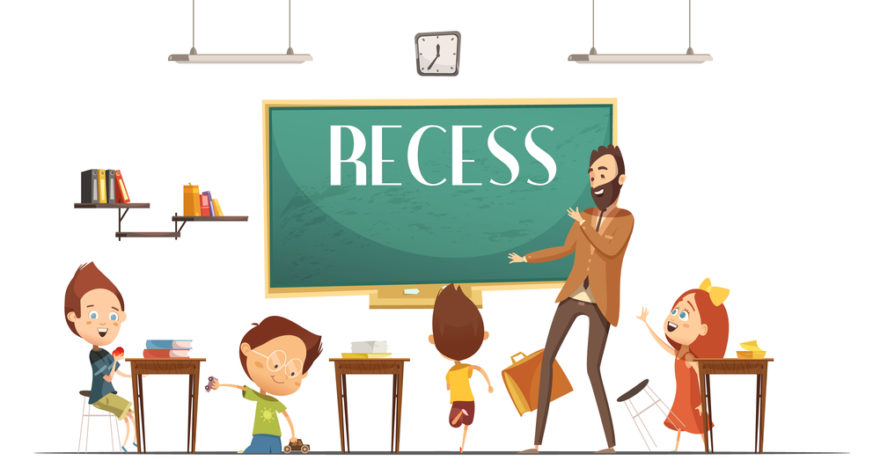Recess and lunch are important in learning and work
Recently I was travelling and needed a book to keep me occupied during the trip. At the airport I found When: The Scientific Secrets of Perfect Timing by Daniel Pink.
Among other things, it suggests that recess is important for learning and lunch is the most important meal of the day.
Pink says that we all have energy cycles. For those he calls “larks” and “third birds”, attention and energy is high in the morning, dips in the afternoon and rebounds in the early evening. The cycle for “owls” is recovery, trough, peak, with those types having high energy in the evenings.
With this in mind, he suggests to organize your work around these energy cycles, for example:
– Peak (morning): Do analytic work and report writing when you have the greatest capacity for focus and attention.
– Trough (afternoon): Do administrative tasks and answer routine emails.
– Recovery (late afternoon / early evening): Do insight work in a time when your mood goes back up and you are less vigilant and more flexible. This is a good time for brainstorming and loose problem solving.
Research found that standardized test scores for children were lower in the afternoon than the morning. Medical staff performed less well in operations and diagnoses, for example, in the afternoon than the morning. And the second most dangerous time for traffic accidents is in the period of 2pm – 4pm.
These patterns can be reversed with restorative breaks such as recess and lunch.
Pink says research also found that children who have recess work harder, fidget less, focus more intently and get better grades. Following an afternoon break, standardized test scores even increased over morning levels.
Several years ago I studied sports training programs to get some inspiration for the design of learning programs. In sport, as in learning, rest periods are important. Our bodies get worn down after hard training, and most training programs include rest days. When you give your body time to recover, it performs even better. When you don’t, it gets worn out.
Recess breaks can include walking around, being social and going outside. The key is to fully detach from work – no multi-tasking. The optimal work / rest cycle is 52 minutes of work followed by a 17 minute recess.
Pink suggests that when we do specific activities accounts for approximately 20% of our workplace efficiency, so it pays to be more strategic about the timing of your tasks.
Recess and lunch are not deviations from learning or work. They are an important part. Are you planning them into your schedule?
Questions for consideration.
1. When do you have the greatest energy? Mornings, afternoons, evenings?
2. Do you think about how to time your work to maximize your energy cycles?
3. Do you regularly plan for recess and lunch? How could you rethink your approach to work to be more strategic in your timing?
Click here to subscribe to our newsletter to receive these articles via email.


